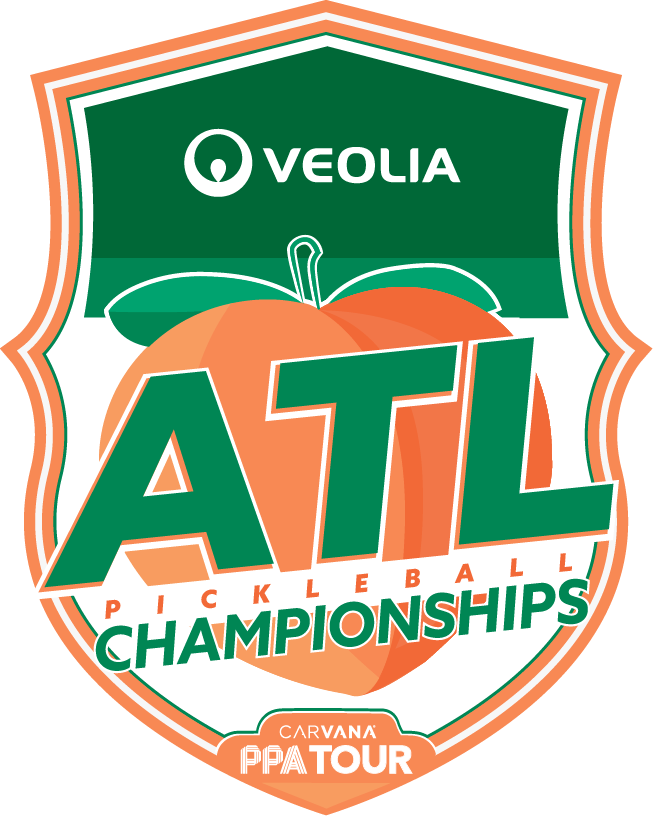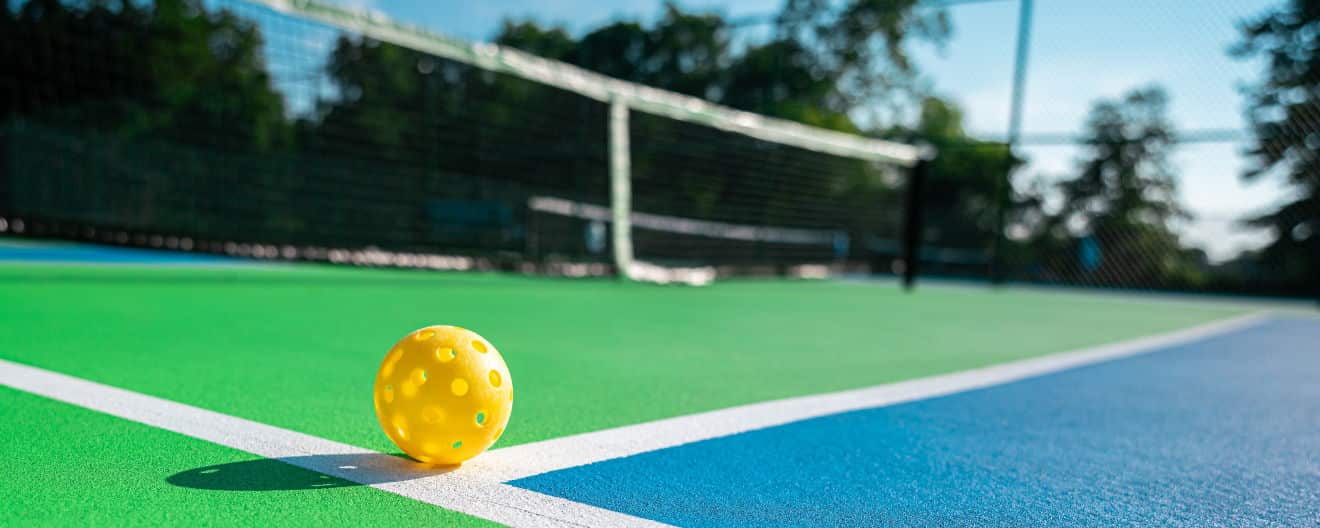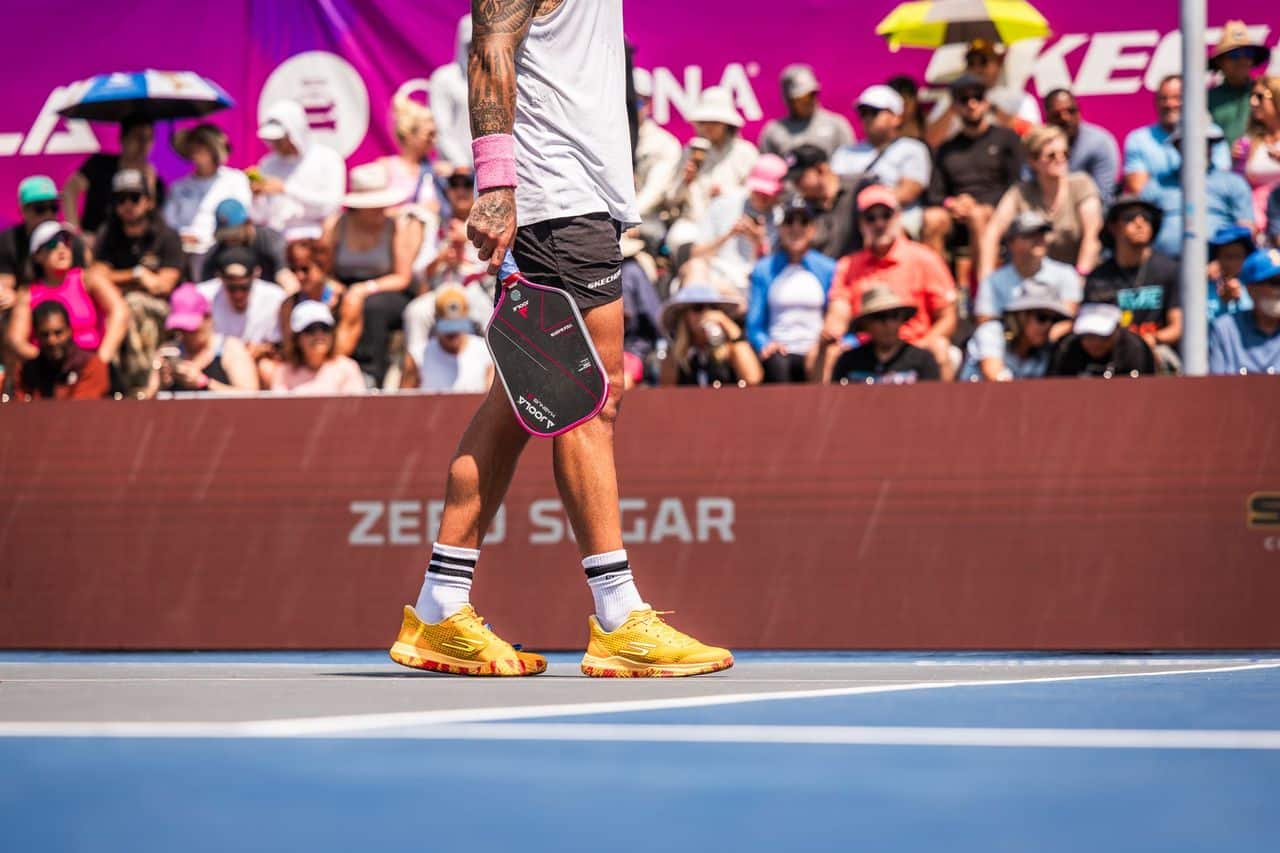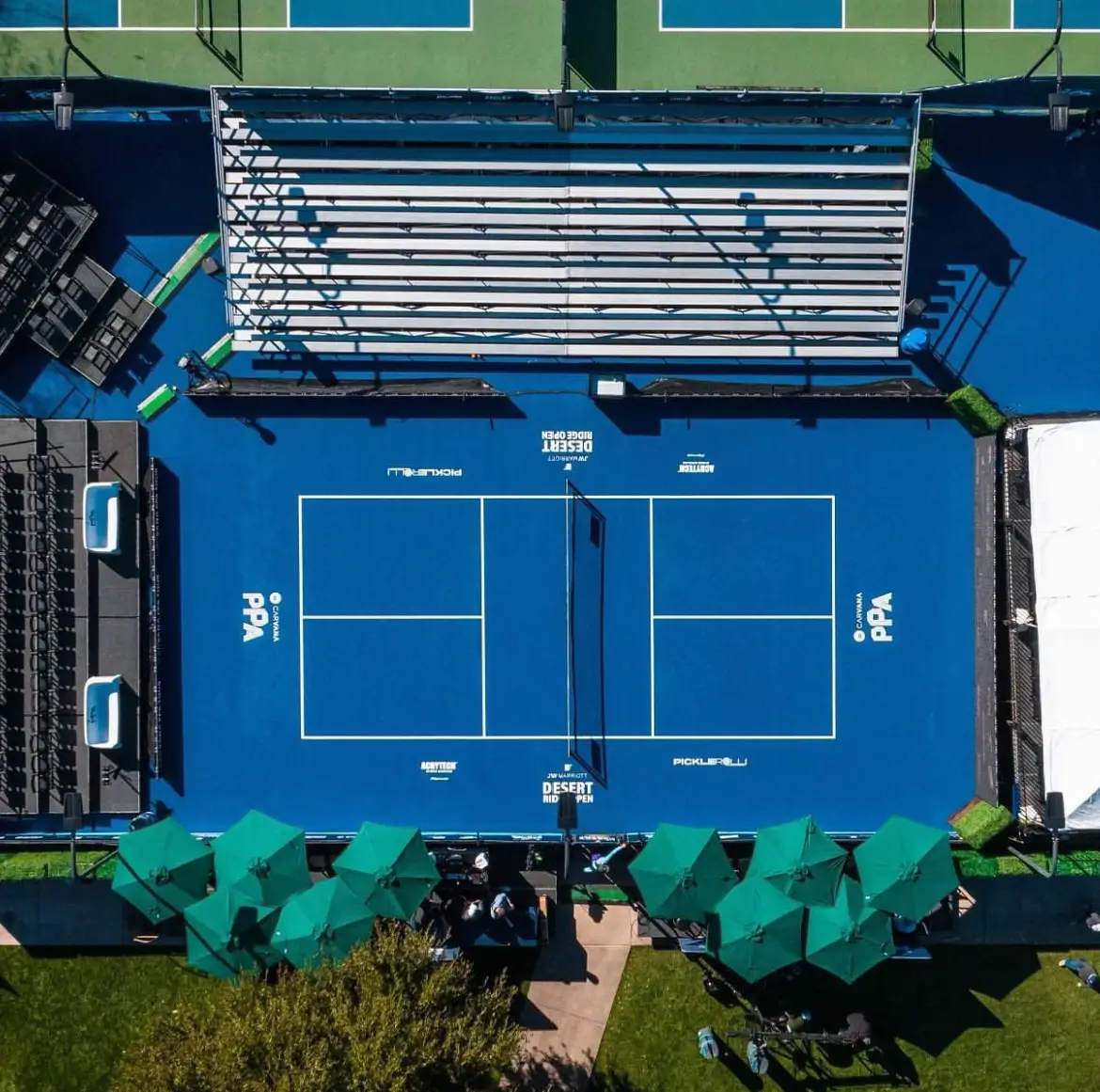Pickleball vs Ping Pong
| May 10, 2024
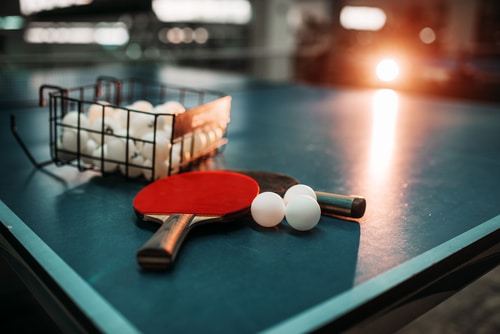
Pickleball and table tennis have a number of similarities, but the two sports have a lot of differences, too. Both are fast and exciting and require great reflexes and hand-eye coordination.
Playing one of the two will certainly help you be better at the other.
Here are some of the similarities, rule differences and other facts about the two sports:
Layout and court size
Ping pong is played on a small table, divided by a net. The entire table is just 9-feet long, by 5-feet wide. The table is 2.5-feet high. The net is 6-inches high and spans the entire width of the table.
The pickleball court is much larger in comparison, measuring 44-feet long by 20-feet wide. There’s a non-volley zone for pickleball seven feet from the net on both sides of the court. The net in pickleball is 36-inches high on the ends and 34-inches high across the middle section of the net. The net in tennis measures 36-inches high in the middle and 42-inches high on the posts.

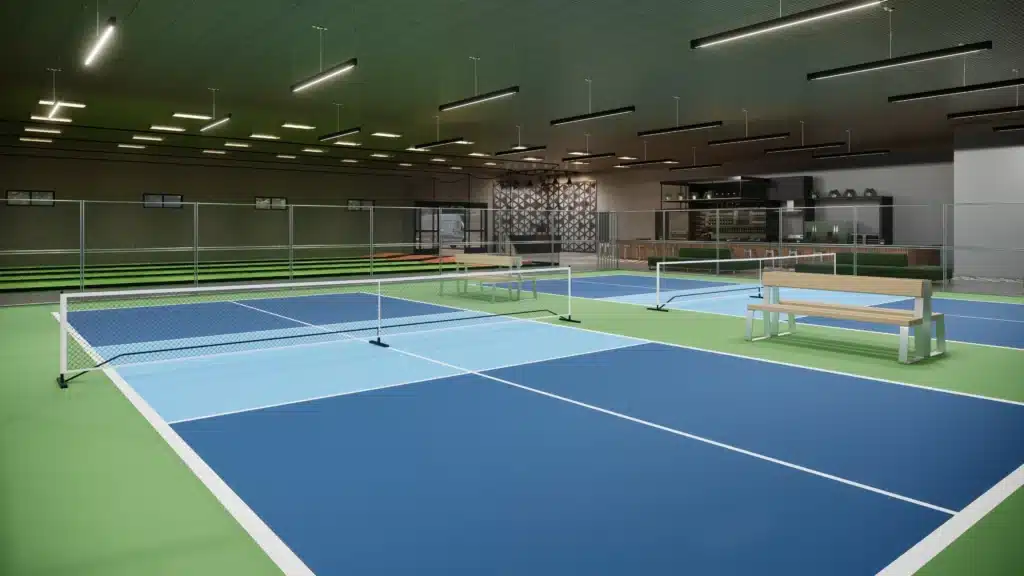
Equipment
Ping pong is played with small, lightweight paddles made of wood or other materials. The ball is a lightweight, plastic with a diameter of 40 millimeters. The ball is hollow and bounces easily on the table.
Pickleball is played with paddles made of wood, composite materials like graphite or carbon fiber. The ball is similar to a wiffle ball, but is a bit heavier. It has holes in it, as is usually made out of a composite plastic. There are both “indoor” and “outdoor” balls.
Gameplay
Ping pong is fast! There are quick rallies and exciting gameplay, with players using a variety of shots to create spin, smashes and strategy to beat their opponents.
Pickleball is known for its strategy, engaging in short shots near the non-volley zone, favoring placement over power.
Pickleball is more commonly played in the doubles variety. Ping pong has a doubles game as well, but is more known for singles.
Scoring
Ping pong is typically played to 11 points. The server or the returner can earn a point on any rally. Matches are usually played in a best of five or best of seven format.
Pickleball games are generally played to 11 and a team must win by at least two points. Matches are usually formatted to a best two-of-three style. The serving team is the only team that can score points. After the serving team commits two faults, the other team then becomes the serving team.
(Learn more about scoring in pickleball here)
Serving
In ping pong the serve must be tossed vertically from an open palm, and at least 6-inches up in the air. The ball has to bounce on the server’s side of the table first, clear the net and then bounce on the other side of the table for it to be a legal serve. The serve alternates every two points.
In doubles ping pong, each player serves once and the serve alternates between teams each two points.
In pickleball, the underhand serve is pretty much the standard, at least at the pro level. A drop serve is also allowed. Serves must be diagonal, cross-court, with both feet behind the baseline. The serve must be in an upward motion with the impact coming below the waist. Serves also have to land beyond the non-volley zone or it is a fault. Each server in pickleball gets one attempt.
If the serving team earns a point, the server will switch sides with his or her partner and serve to the opposite side. This continues until the receiving team wins a rally.
(Learn more about serving in pickleball here)
How hard is it to play?
Ping pong isn’t about just hitting the ball over the net, it’s got layers of strategy, which requires thinking and sound decision-making. Knowing when to attack, play aggressively and hit the ball with power, can definitely give you an advantage.
Like other racket sports, ping pong requires good footwork, excellent hand-eye coordination as well as balance and control. And like other racket sports, spin is important. Figuring out different spins and variations to outmaneuver opponents is a difficult process, but essential for success. Mastering the various shots, like the serve and smash require proper instruction and practice. Developing the right technique improves a player’s consistency, power and accuracy.
Pickleball requires a number of these things as well, but because the court is significantly larger than ping pong, the game is different. Meanwhile, by most accounts, from scoring to actually having success on the court, the learning curve to pickleball is much easier than a lot of sports.
Both sports require precision, accuracy, power, footwork and composure. Since the table is much smaller, ping pong is much easier for the beginner player.
How physically fit do you need to be ?
Pickleball still demands good footwork, excellent eye-hand coordination and quick reflexes, but because the court is shorter than tennis, the ball a bit slower, the demands on the body are definitely less than padel, tennis or squash.
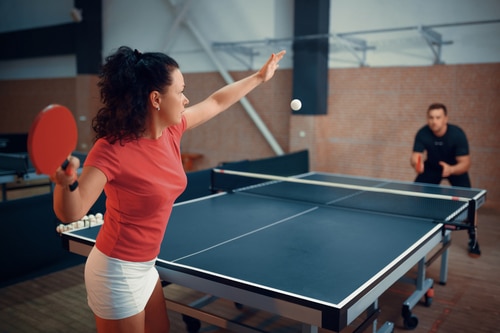
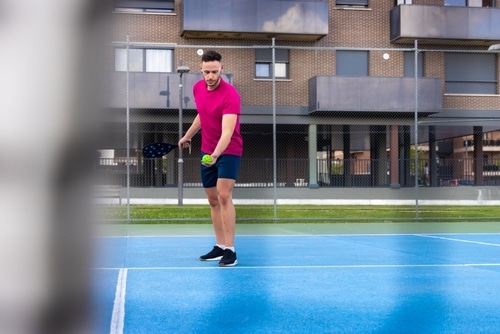
Meanwhile, ping pong can be enjoyed by people of various fitness levels, because it doesn’t require the movement of other racket sports. It does require some physical fitness, but it is certainly less demanding than other sports.
Ping pong matches can be fast-paced with quick movements and even faster exchanges, so good cardio endurance is always a plus. Also, matches can last a long time.
Both sports ask a lot out of the player, because of movement, agility, footwork and flexibility.
How popular is the sport?
Pickleball might be gaining in popularity, and it is the fastest-growing sport in the United States, but ping pong is played all over the world and has global appeal, with popularity soaring in Asia, Europe and Australia.
Like pickleball, ping pong’s barrier to playing is low, so even more people can enjoy the sport – particularly on a recreational or social level. It’s also a sport that can be played by people of all ages and skills.
And also like pickleball, there is a positive health benefit to playing, considering it helps promote a physical and active lifestyle. And like pickleball, ping pong can be a social activity as well, bringing together people to play in a less-competitive, fun environment.
Pickleball courts are more plentiful today than they were a year ago and certainly more than 10 years ago. There are numerous places to play for any skill level player. In addition, there are multiple professional tours, which means more people are watching the sport today than ever before.
Pickleball also has all the social benefits of players being close together, teamwork and ease of learning that make the sport increasingly popular to try out.

